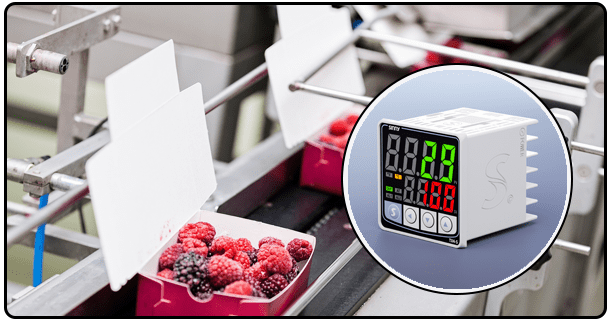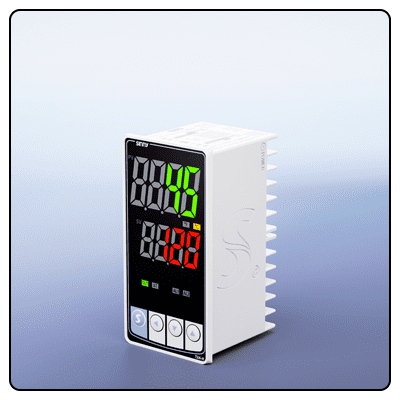Mastering Tune Of PID Temperature Controller
Discover the art and science of PID temperature controller tuning with our in-depth guide. Learn to balance precision and stability for optimal performance in your temperature-sensitive processes.
Tuning a PID temperature controller properly requires an approachable and methodical approach to maximize the control system's performance. In this article, we'll walk through all of the necessary steps and considerations to successfully tune one.
Understanding PID Control
Before diving into PID control tuning, it's crucial to gain an understanding of its definition and function for temperature regulation. PID stands for Proportional-Integral-Derivative; each component plays a fundamental part in this control system's operations.

* Proportional (P): This component produces an output directly related to current error values. You can control its proportionality through proportional gain or K_p; higher values increase response while decreased values reduce it.
* Integral (I): Integrals combine errors across time with control output for steady-state error elimination, using K_i as their strength to establish effective integral action.
* Derivative (D): This component generates output based on the rate of change of error, providing predictive action that helps keep systems stable by anticipating future errors and providing predictivity to forecast errors that arise later. Its derivative gain (K_d), controls its extent.
Preparing to Tune
Before tuning your system, first ensure all mechanical and electrical components are operating as they should. Set Integral and Derivative values at zero while selecting an initial Proportional gain value below 0.10.
1. Parchet Tuning Steps for Proportional Gain (P) Tuning.
Start by gradually increasing the proportional gain until your system begins to oscillate, then reduce the gain to approximately half for further tuning. Once this point has been identified, return until stabilization occurs again and adjust as required for fine-tuning further tuning efforts.
2. Integral Gain Tuning
Over a series of small increments, gradually introduce Integral gain tuning (I) adjustments until no steady-state errors remain, and adjust K_i values until error correction and system stability are balanced.
3. Derivative Gain Tuning for Derivative Gain Tuning.
If the system shows evidence of overshoot or oscillations, adding derivative gain might help. Increase (K_d ) gradually while monitoring its effect on the control loop to see its results on overshoot reduction and response time improvement without leading to instability.

Fine Tuning
Once initial adjustments to P, I, and D values have been completed, fine-tuning these parameters based on how the system responds to changes in its setpoint is accomplished. Strive to reach an equilibrium between fast response times and minimal overshooting for best results - this may take multiple rounds of adjustments to reach gain settings.
Testing and Validation
Testing and Validation Perform testing on the system in response to various setpoint changes to ensure the controller performs as anticipated, introduce disturbances into the system to test how quickly and precisely the controller returns to setpoint, maintaining stability quickly while returning rapidly towards equilibrium.
Ongoing Monitoring
Regularly assess the performance of the system. Should process characteristics change over time, further tuning may become necessary. Be sure to keep records of tuning parameters and system performance for future reference and troubleshooting purposes.
Advance Considerations
Modern control systems use PID control through software programs for added flexibility and ease of use, including auto-tuning features that simplify tuning PID controllers; however, understanding its fundamentals remains beneficial when dealing with complex systems or when auto-tuning is unavailable.
- Exploring PID Temperature Controllers: Key Components
- What Does A Digital Temperature Controller Do?





















